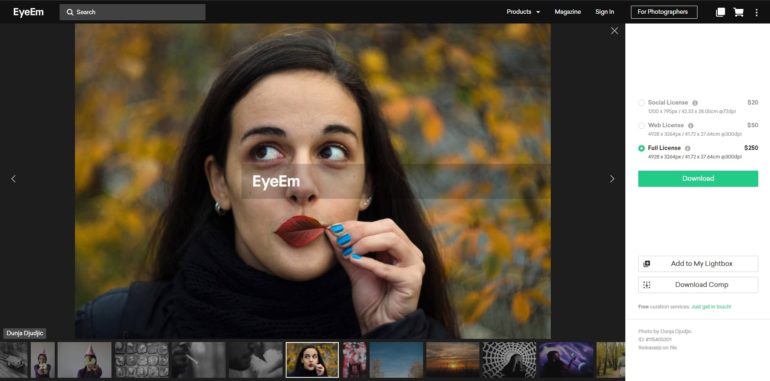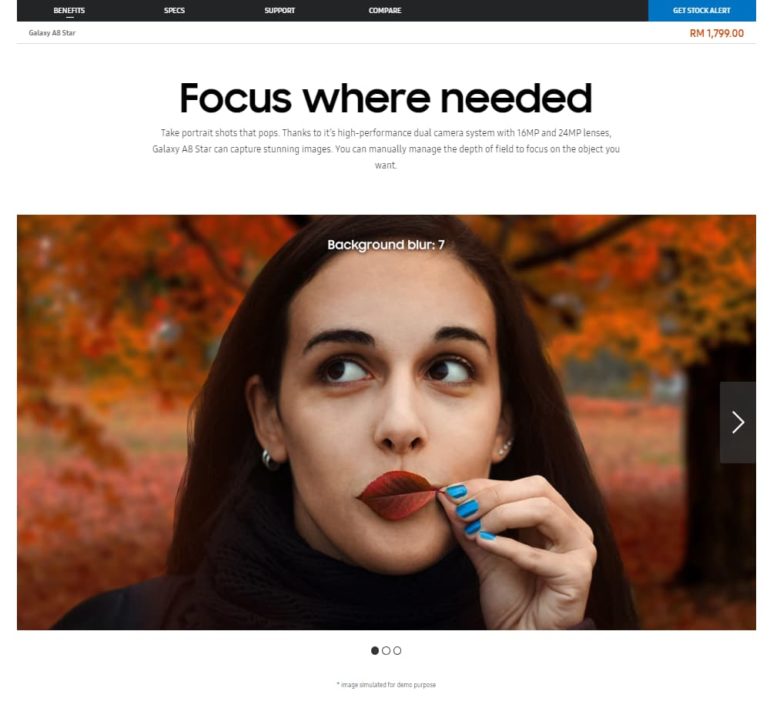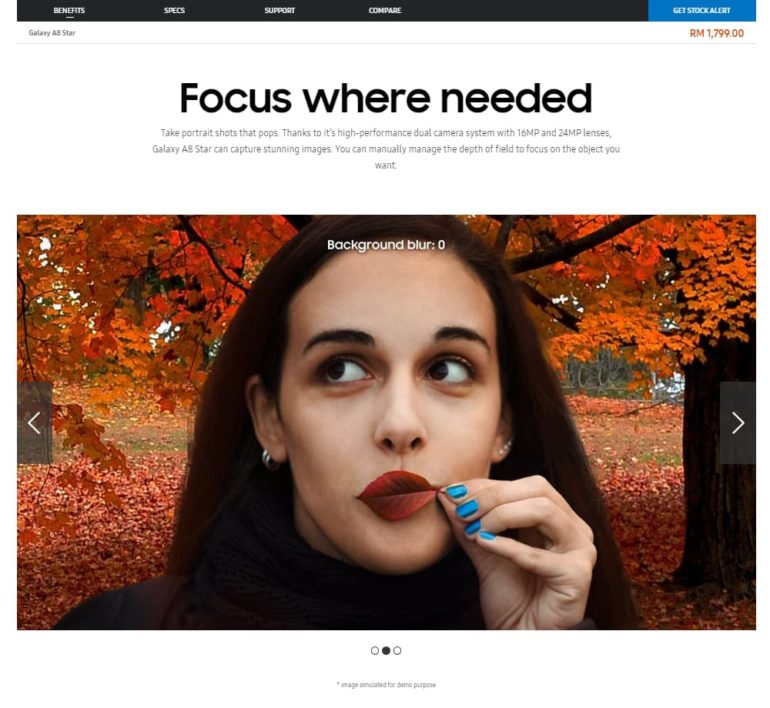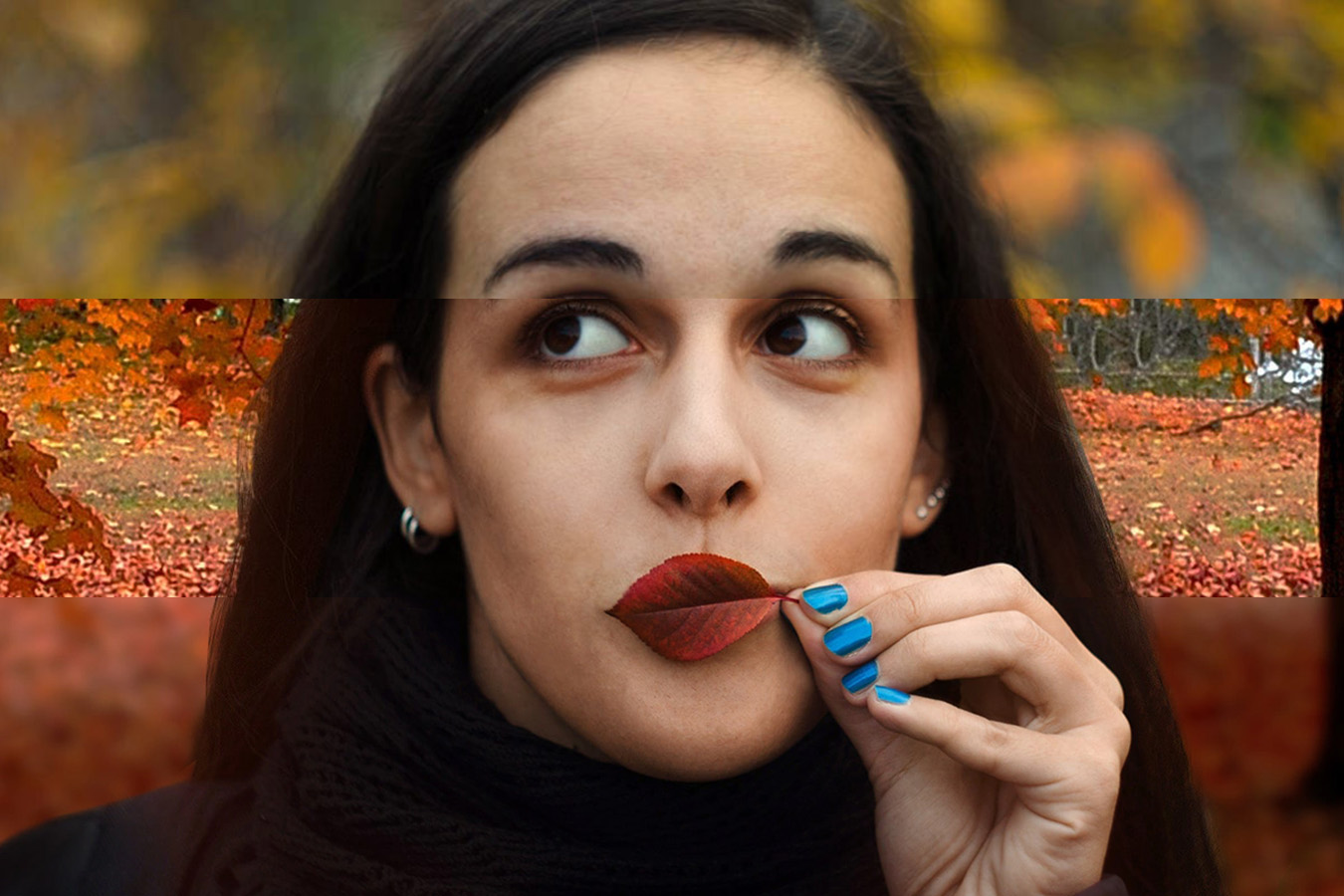Last Updated on 12/16/2018 by Mark Beckenbach
Smartphone manufacturers are banking hard on computational photography to bridge the gap between conventional cameras and smartphones.
As the old adage goes, “The best camera is the one that you have on you,” which is why so many of us photographers carry our dedicated cameras with us wherever we go. If you have purchased or upgraded your smartphone within the last couple of years, or have watched any of the keynote announcements for the current generation of flagship smartphones on the market, you will have undoubtedly noticed the significant efforts the smartphone industry has been focusing on the camera capabilities of their wares. Google, Apple, Huawei, Samsung, and the rest are trying to find a way to make you not carry your DSLR or mirrorless camera with you anywhere. One of the most popular trends among smartphone manufacturers at the moment is the ability to simulate the look that conventional cameras can achieve when photographing using wide aperture lenses.
Of course, those simulations are best shown off with the actual product’s capabilities–but we’ll get to that more in a bit.
It’s called computational photography–and it not only involves the portrait mode offerings but HDR capabilities, color, lighting, etc. With size being a major limiting factor for smartphone camera sensors and optics (and the fact that we all must obey the laws of physics), smartphone manufacturers have resorted to computational photography algorithms to mimic the abilities of conventional DSLR and Mirrorless cameras. Some manufacturers have even gone as far as to claim that the camera(s) on board their smartphones are capable of producing images that match or rival the quality of those captured using conventional DSLRs and Mirrorless cameras.
We’re making this statement specifically about the Samsung A8 Star being only one of the devices with computational photography smarts that claims to be able to achieve this caliber of results. Samsung even has image samples on the A8 Star’s official Malaysian product page demonstrating the phone’s “Portrait Mode” to simulate creamy bokeh traditionally only achievable when shooting with wide open lenses on a regular camera. Problem is, the image was actually taken with a conventional camera, and worst yet, Samsung replaced the background in the image as well. Busted!

Thanks to some keen eyed sleuths on the internet, it’s been discovered that Samsung had licensed this image from Belgrade, Serbia-based writer and hobbyist photographer Dunja Đuđić through her EyeEm page. Not only was the image not shot with Samsung’s own A8 Star smartphone, it would appear that the background showcasing the portrait mode effect was edited into Đuđić’s original image as well.


As you can see, Samsung took the subject from the original image (Đuđić herself covering her lips with a leaf), and composited in an autumnal forest scene as the new background. Sure, it’s decent enough to fool the untrained eyes of casual consumers browsing through the product page, but this doesn’t make things any less embarrassing for Samsung now that the word is out that they got caught parading an image shot with a “real camera” rather than their own smartphone camera to demo how well their portrait mode supposedly works.
There were no mentions that the demo images were simulated, but after word circulated around the web that Samsung got busted trying to pull a fast one, they finally edited the product page with a disclaimer below the demo image that reads, “* image simulated for demo purpose.”
But Samsung hasn’t been the only one to do this: Huawei was caught in the past before doing the same thing. But why? Why lie in advertising?
If the technology behind computational photography is truly as remarkable as smartphone manufacturers claim, instead of trying to pull a bait & switch with photos taken with an actual camera, smartphone manufacturers should show us actual samples taken with their devices. Unless, of course, computational photography isn’t the panacea the smartphone industry is banking it to be.


